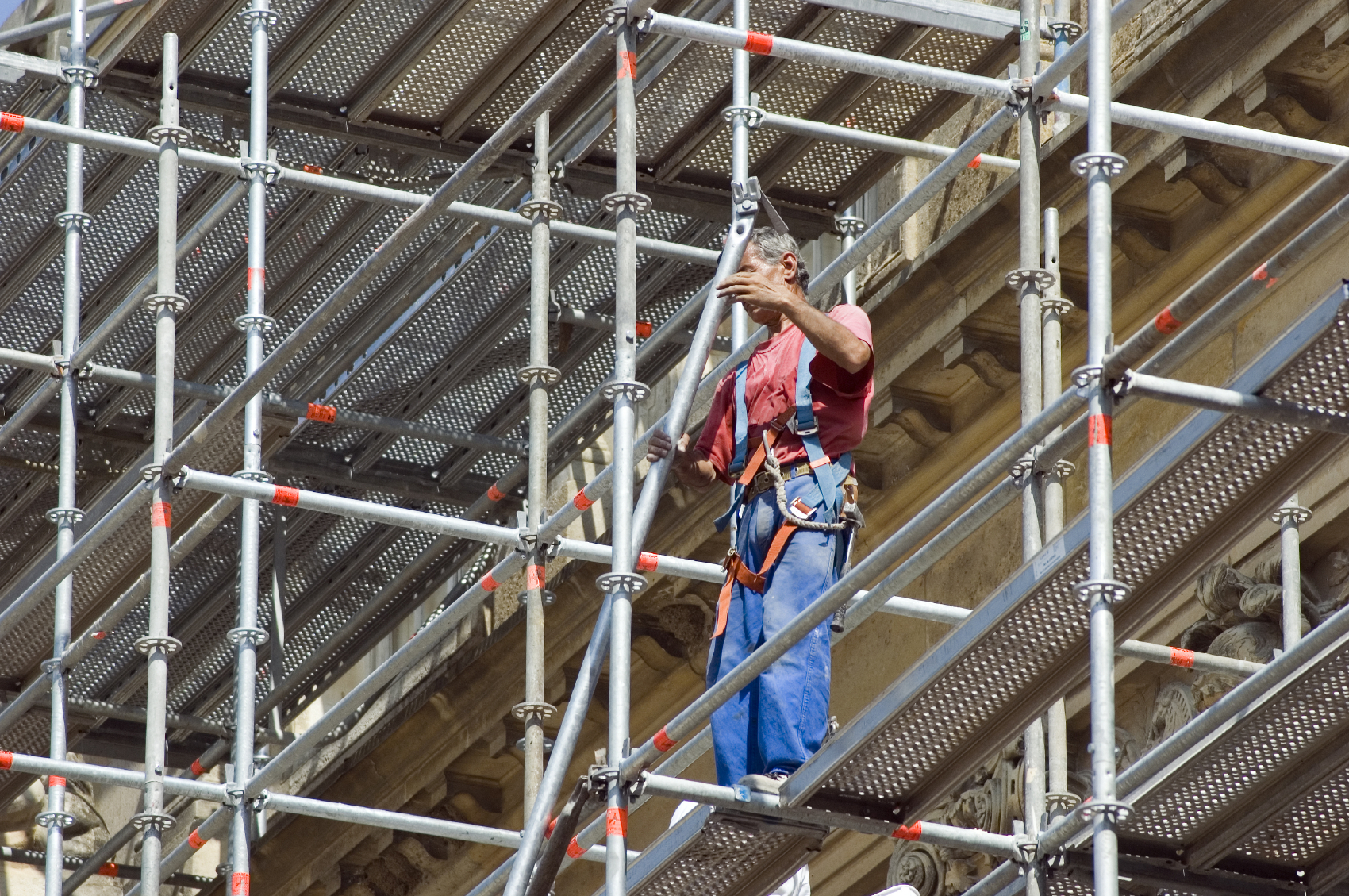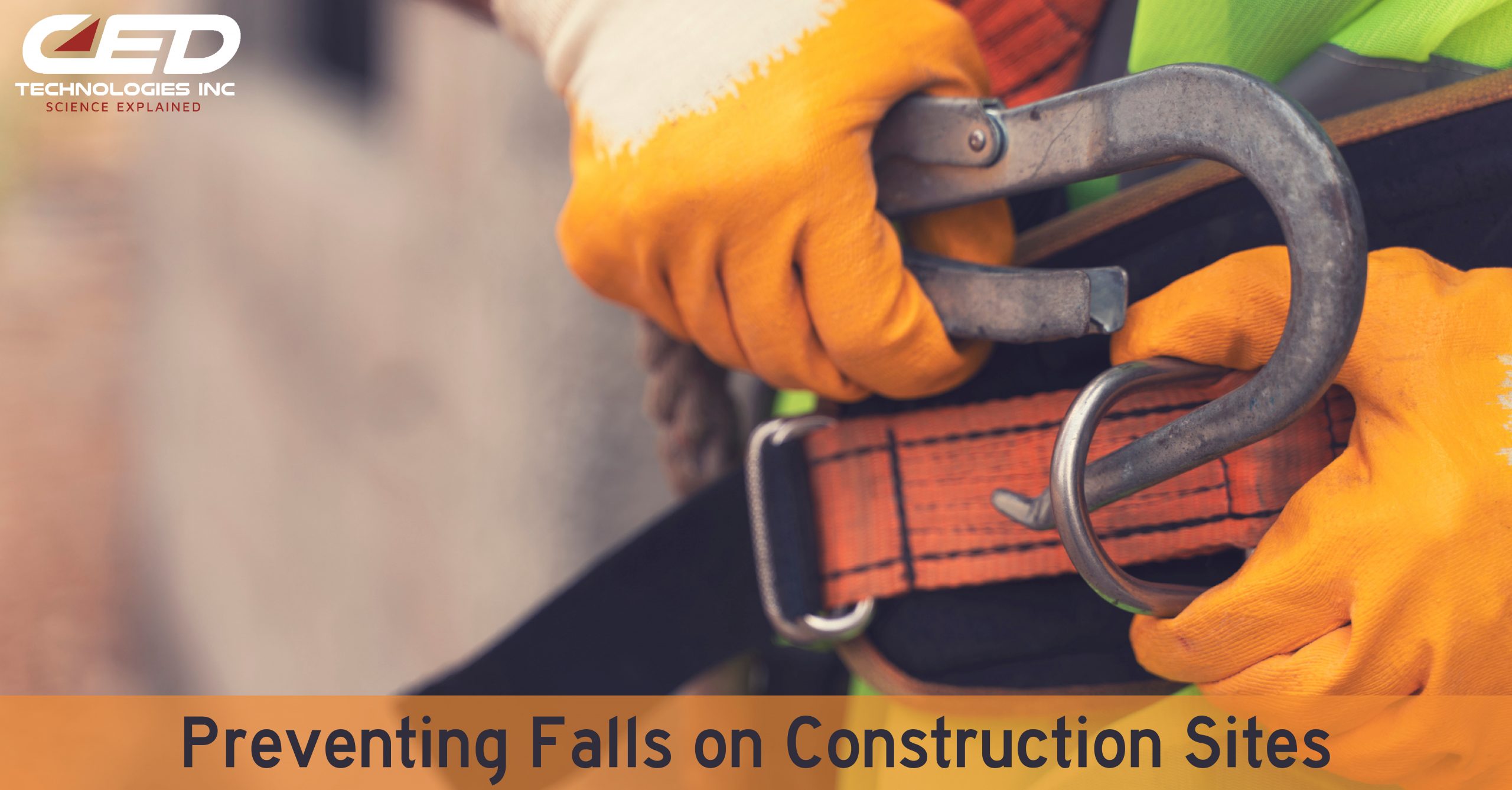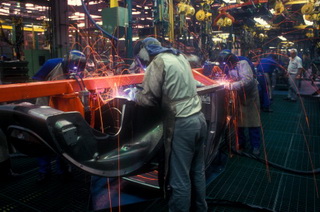The Operational Safety and Health Act (OSH Act) mandates that an employer provide a safe workplace environment for their employees. State Workers Compensation law creates a barrier for employees injured on the job from filing suit against their immediate employers. In doing this, the opportunity exists for a different strategy for plaintiffs to file against those in their workplace chain of command. The Occupational Safety and Health Administration regulates workplace safety within multiple industries. 29CFR1926 covers construction workplace safety and 29CFR1910 covers general industry workplace safety.
When trying to understand the safety roles and responsibilities of each entity at a construction site, for example, OSHA’s Multi-Employer Directive is a good place to start. It is the framework developed and used by OSHA to allocate responsibility and delegate monetary fines in relation to safety violations. The directive identifies the primary types of employers present on a construction site, determines the scope of safety duties for each entity, and defines the reasonable care they are responsible to provide in an effort to ensure the safety of their employees.
The directive places employers into four categories: Creating, Exposing, Controlling and Correcting.
Consider the construction worker who injures himself while working for a sub-contractor on a building worksite. Workers Comp law prevents him from filing suit against his immediate employer, the sub-contractor. But, what about the job foreman and/or the general contractor (GC)? In fact, some of these types of claims/litigation go after the manufacturer of the tool the worker injured himself with, or even a component part of the tool. Obviously, relationship and strategy may become quite complex and oftentimes require a workplace safety expert to bring an understanding of liability.
It is important to understand that multi-employer liabilities arise not only in regulatory issues, but also in the civil courtroom. Any contractor meeting the definition of a Creating, Exposing, Correcting, or Controlling Employer may be subject to a lawsuit for damages sustained by an injured worker. Since OSHA is the noted source for worksite safety, it also establishes the framework for civil litigation. It is upon this foundation that arguments may be laid to ensnare additional contractors and defendants, who are not covered by workman compensation limitations, in workplace accident litigation.
OSHA provides an outreach training program to teach workers about their rights, employer responsibilities, how to file a complaint as well as how to identify, abate, avoid and prevent job related hazards. OSHA authorizes safety and health professionals who complete an outreach trainer course to conduct occupational safety and health classes for workers. The OSHA 500 and 501 is the ‘Train the Trainer’ workplace safety designation. It requires at least five years of industry experience, a 30-hour OSHA regulation review course, completion of a full week of training courses, and passing a written examination. This OSHA training authorization is valid for four years whereas the trainer must take an update course. Some employers, unions, and various other jurisdictions require workers to be OSHA trained to work on job sites and to fulfill their own safety training goals. For a complete list of OSHA’s training-related requirements, see OSHA Publication #2254, Training Requirements in OSHA Standards and Training Guidelines.
Engineering experts, armed with industry experience and authorized as OSHA trainers, serve as workplace safety experts .
The OSHA expert usually needs the following information to perform his/her investigation:
-Accident reports
-Copies of any OSHA citations
-Any studies done by the employer concerning the suspected hazard (air quality studies, noise studies, studies of health problems etc.)
-Operating instructions for machinery
To find out more about how CED’s OSHA experts can help your claim/case, contact us at www.cedtechnologies.com or contact one of our regional offices to speak with a case specialist.
Featured Engineer: Thomas Destafney, M.E.C.E., P.E. Civil/Structural Engineer
Submit a case or claim online.
Contact a CED Engineer in your region.






